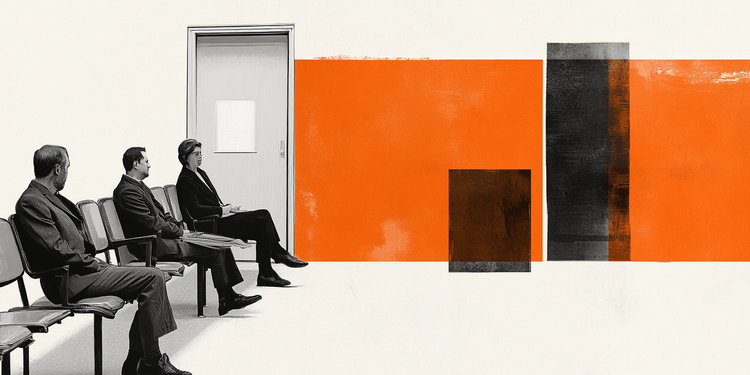O “CNN Vital Signs” with Dr. Roberto Kalil will talk about the main cause of death for men and women in Brazil and around the world: acute myocardial infarction.
Cardiovascular disease is a concern and has an increasing incidence among both men and women. “A heart attack kills four times more than breast cancer, for example. Heart attack has already surpassed the incidence of stroke in women”, highlights Dr. Roberta Saretta, medical manager at the Cardiology Center at Hospital Sírio-Libanês and one of the interviewees on the show.
“The heart is a muscle pump that pumps blood throughout the body. It is irrigated by one of the coronary arteries. And the infarction occurs when one of these arteries clogs, obstructs and lacks blood to a region of the heart. That region dies. Time is life. You have to open the artery as soon as possible. It is the disease that kills the most in the whole world”, defines Dr. Kalil.
See also: Dr. Roberto Kalil explains what are the signs of a heart attack
The program will show that, most of the time, the infarction happens due to a disease called atherosclerosis, which is the formation of plaques of fat and calcium in the walls of the vessels of the heart, mainly.
The formation of this plate causes a narrowing that makes it difficult to pass blood, and that can cause heart attack, stroke and even death.
“Studies show that prevention can reduce mortality globally by up to 50%. That is, millions of people saved by reducing the main risk factors, such as smoking, sedentary lifestyle, obesity, diabetes, hypertension and high cholesterol”, reinforces Dr. Kalil.
The team of CNN tells the story of a university professor who had a heart attack at age 64 and had never been to a cardiologist before. “It took me a while to believe, I think I wanted to deceive myself. Oh my! Heart attack, me? I dance so much! I jump so much! I travel, I walk. It was very strange”, says Célia Dias, a retired teacher.
The public will also learn about the case of a young physiotherapist who had a massive heart attack and only survived because he works at the Instituto Dante Pazzanese de Cardiologia, an institution linked to the São Paulo State Health Department.
The site serves 100% of patients through the SUS and has the largest hemodynamics center in Latin America. And it was there that theCNN Vital Signs” accompanied a catheterization and angioplasty to show all the details of clearing an infarcted artery.
“Ideally, the patient should arrive at a catheterization center within the first three hours after the infarction, and at most six hours later. In this way, the chance of him dying drops from 25 to 5%”, explains Dr. Fausto Feres, director of the Instituto Dante Pazzanese de Cardiologia.
The “CNN Vital Signs” with Dr. Roberto Kalil, will air on Saturday, July 29, at 6 pm, on CNN Brasil.
Source: CNN Brasil
I am an experienced journalist and writer with a career in the news industry. My focus is on covering Top News stories for World Stock Market, where I provide comprehensive analysis and commentary on markets around the world. I have expertise in writing both long-form articles and shorter pieces that deliver timely, relevant updates to readers.







